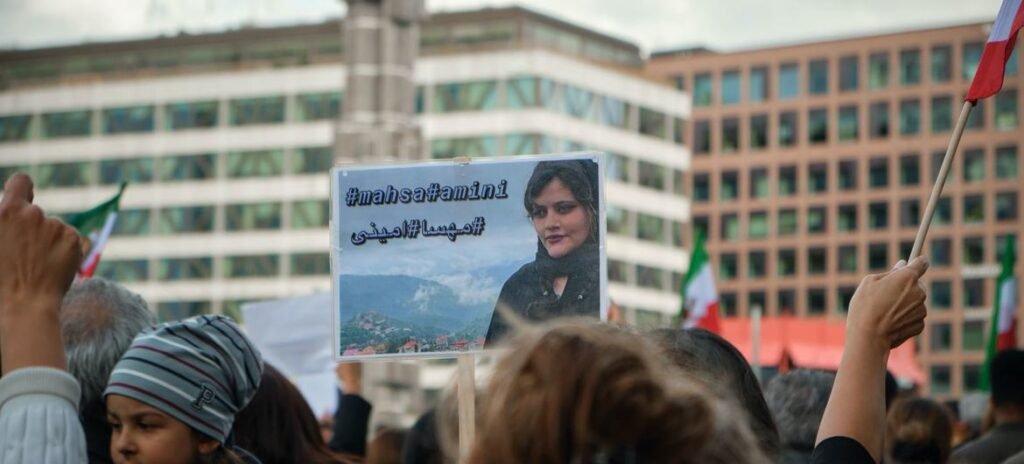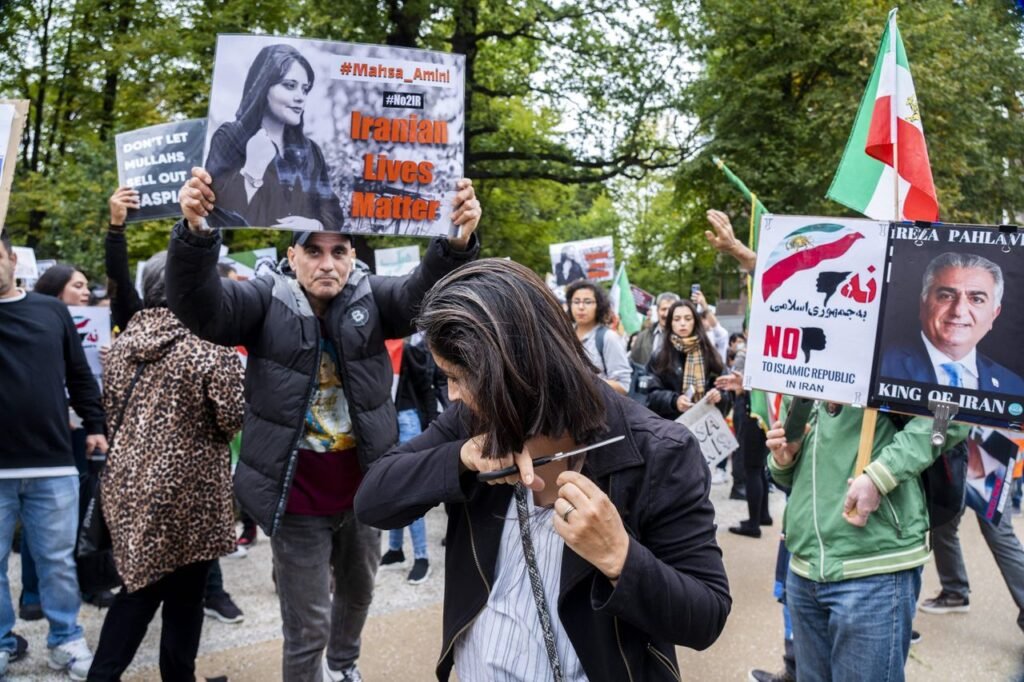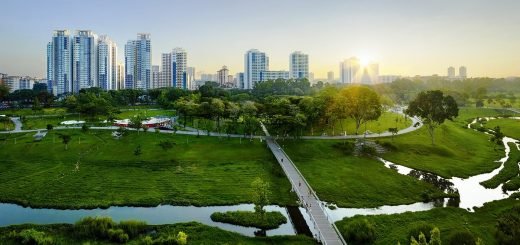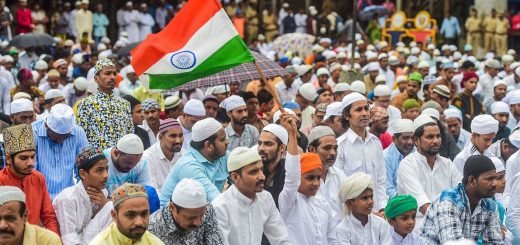Should Iran Consider Incremental Reforms?

Last month a 22-year-old Kurdish-Iranian woman named Mahsa Amini died in detention after the country’s morality police held her for wearing an unsuitable hijab. Her death sparked protests across Iran. Initial demonstrations against the hijab restrictions have evolved into the worst period of domestic unrest in the history of the Islamic Republic. The ongoing protests in Iran, now in its fourth week, have sparked international debate over the possible outcome. Do these protests differ from past civil unrest against the government? Is this the beginning of a revolution in Iran, or just another storm of unrest that the regime will weather?
Iranian law requires all women to wear hijabs that cover their heads and neck and conceal their hair. On 13 September, Mahsa Amini was arrested by the Gašt-e-eršād or morality police whose task it is to apprehend people who violate the Islamic dress code. Her brother, who had been with her when she was arrested was informed that his sister had had a heart attack and a brain seizure at the police station and was thereafter taken to the hospital where after remaining in coma for three days she died on the 16th.

Since Mahsa’s death, several other girls taking part in the protest movement have died at the hands of the enforcing authorities. Serena Esmaizaldeh, a 16-year-old girl who posted popular vlogs on YouTube, talked about women’s rights and rejection of the mandatory hijab in Iran was killed in a baton attack during a protest in Karaj, Alborz province, on September 23. Nika Shakarami, just shy of 17 birthday went missing for 10 days after which news of her death came in. Many girls are now cutting their hair and burning their hijabs.
Forty-three years since the revolution a lot of women in Iran are not really interested in observing the hijab rules strictly, albeit they still carry a scarf and cover their heads. The death of Mahsa Amini was a trigger for young Iranian women to rebel against the kind of conservatism that is being imposed by the morality police and against its gender apartheid regime. ‘Jin, Jian Azadi,’ (meaning ‘women, life, freedom’) ‘Reformist and hard-liners the game is up’ – that is what school girls across Iran are chanting. The protests now in its fourth week are the longest and the most widespread against the Islamic republic. There had been reports of live ammunition being used against protesters, including when students were blockaded by security forces at Sharif university last week, and of the bodies of protesters killed by security services being buried without the families’ knowledge.
Beyond young girls, various pockets of dissent are discernible. Rights groups fear heavy casualties in Sanandaj in Kurdistan, Mahsa Amini’s home region where protests have been especially intense. According to Norway-based Iran Human Rights till October 9, “at least 185 people, including atleast 19 children, have been killed in the nationwide protests across Iran. The highest number of killings occurred in Sistan and Baluchistan province with half the recorded number.” According to the Guardian, protests have spread across the country and for the first time to Iran’s crucial oil industry. This week workers at the Bushehr and Damavand petrochemical plants carried out a threat to go on strike, chanting “death to the dictator.”
Iran is not new to protests and demonstrations. A similar protest to the wearing of the hijab broke out in January 2018 with a defiant act by a young Iranian woman named Vida Movahed who took off her hijab in front of the police in Tehran. Mohaved quickly became a model for scores of other women who took to the streets in several major cities. Unlike the June 2009 protests which had leaders like reformist politician Mir Hossein Mousavi and Mehdi Karoubi who are under house arrest till date, the current protests including those in December 2017, January 2019 and November 2019 were leaderless. The 2009 Green movement protests involved thousands. The Gasoline protests in November 2019 saw larger participation than any previous movement and yet they were quashed by the regime within a week. What’s interesting to note is that the time period between the protests is getting shorter. Since 2009 there have been six big rounds of protests in Iran. These protests are indicative of a clear gap in the regime’s desire for hegemony and that of the youth for minor freedoms and an improved standard of living, driven by cumulative dissatisfaction.
This movement has resonated strongly beyond Iran’s borders. Reacting to the death of Mahsa Iranian-American journalist and activist Masih Alinejad, in an interview to American new channel MSNBC said “My heart is broken. Mahsa Amini was not even unveiled. A little bit of her hair was visible. Can you believe that? I repeat myself. A bit of hair, actually, is the reason that Mahsa was murdered by morality police.” The incident happened as President Ebrahim Raisi was in the US to address the United Nations. He was supposed to have his first television interview with CNN anchor Christiane Amanpour. But the interview that never happened. According to British-Iranian journalist Amanpour, at the last moment aides to President Raisi asked her to wear a head scarf for the interview because of “the situation in Iran.” Amanpur tweeted a picture of herself sitting without the head scarf facing an empty chair. She said afterward that she wears required attire when doing interviews in Iran but not while she is in the US.

The regime has labelled the Amini incident as a tragedy without explicitly apologising but said that the unrest is unacceptable. In his only reaction to the protests Supreme leader Ayatollah Ali Khamenei has said, “These scattered riots are the passive and clumsy design of the enemy against the great and innovative developments and movements of the Iranian nation.” Iran’s ministry of intelligence has said that nine foreign nationals have been arrested in a round-up of “agitators.” President Ebrahim Raisi belongs to the conservative ‘principlist’ camp of politics in Iran, and is considered a hardline ally of Ali Khamenei. He is often seen as a frontrunner to succeed Khamenei as Supreme Leader. One of Raisi’s major objectives has been to impose the hijab more strictly on women.
From whatever news that filters out of Iran, it appears that the regime is struggling with these protests. In a telling incident, the Iranian state TV was hacked over the past weekend to show a picture of Ayatollah Ali Khamenei captioned ‘the blood of our youth is dripping from your claws.’ The authorities have done what autocratic authorities often do: they are shutting down the internet in order to prevent the protesters from mobilising. By its severe clampdown, the regime has not merely shut down the internet but it has closed itself to the possibility of any change over the years.
It is impossible to know what the future holds but the rift between the Islamic regime and society cannot be ignored. This time the protest is from the street up and although sparked by the controversy over the hijab it is not really about any one policy decision of the Islamic republic. The women and men who are today leading the demonstrations now are the children of the revolution and do not know anything of the revolution. Their protestation against the strict application of the hijab laws, despite being born into a culture of gender apartheid indicates the failure and apathy of the state in addressing the aspirations of the new generation. Regular protests with less gap between them is indicative that the fear of the regime has certainly declined – underscoring the conflicting opinions of the Iranian leadership over what the future policy of the Islamic Republic should be. It is unlikely that the regime will back down and initiate reform. By all accounts, the government has more capacity for repression than it has for reform. That kind of decision-making is essentially in the hands of the Supreme leader’s office backed by his generals in the Revolutionary Guard and for now, this regime believes that suppression, crackdown and killing is the only way out of these demonstrations without any dialogue with the Iranian people. In all likelihood, this round of protests will also be repressed, but if Iran’s leadership wishes to avoid another revolutionary change in the future, authorities must reassess their response to the public’s demands and advance reforms even if incremental.


















